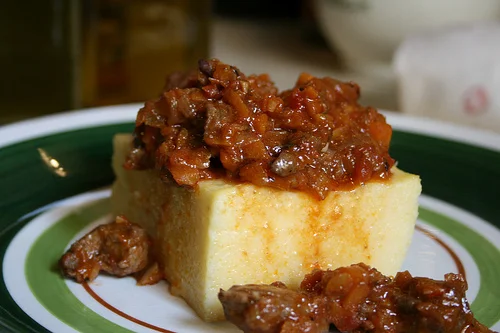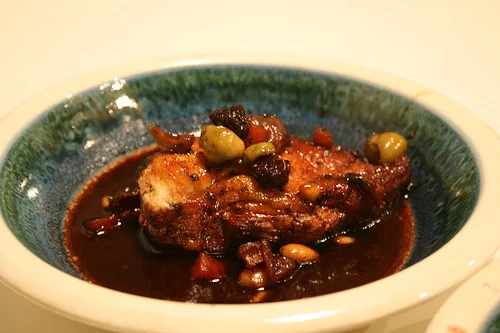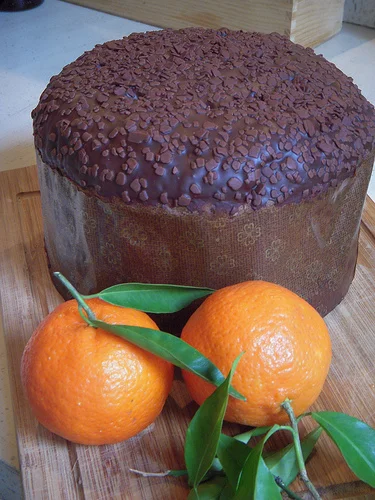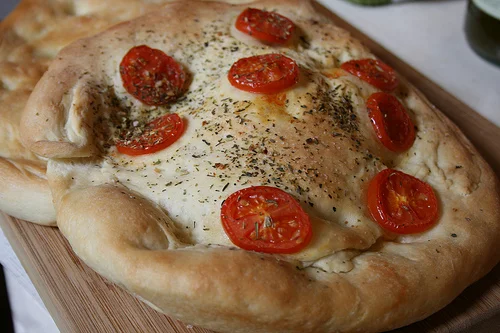how to make polenta
I am so excited! My goal was to learn to make focaccia, pizza dough and pasta dough while living in Italy. I figured I could pick up on the nuances of certain foods simply by having the time to cook, repeat and tweak. For example, how many rounds of focaccia will it take to really 'know my dough.' Knowing how to make something, to me, has a lot to do with instincts and intuition. I realize many talented chefs out there come poised with such instincts. Before cooking school, I think I had good senses in the kitchen, but school helped me pay attention to my instincts even more. In the end, cooking school did for me what I had hoped: it armed with with methods and supplied me with knowledge to make adjustments and ultimately, to learn to trust my instincts in the kitchen. (Instead of sometimes being intimidated, or not knowing what to do when something didn't turn out right).
So when I am making a sauce and it is too thick, I can ask myself what are the options for making it thinner? And I taste, and test, and taste again to adjust the seasoning. And that is why figuring out polenta felt so, so good: I did it by feel. And you can too!
The first batch I made per the instructions on the cornmeal package. I used water, followed the recipe and turned out bonafide polenta. Then I used that as a reference: it tasted like polenta made with water. I made it with milk too, which added a little bit of a creamy element but not a lot of taste. Both times the polenta turned out rather firm. The third time really was the charm: I used [homemade] chicken stock and cream (milk and half & half work too) as the liquid.
Below is a recipe to get you started, oh and know that polenta wants to firm up. So if you want to serve it soft (see smallish photo of soft polenta topped with a rich wild boar sauce), you will need to adjust it with more [hot] liquid. And the photo on the top with the big hunk of polenta is the original polenta I made with water. To be fair, the fun in making polenta on the firm side means you can smooth it into a tray overnight, slice it into any shape and size (Christmas trees, stars, squares) and heat to serve or even saute' and serve with some tomato sauce, eggplant or sausage ragu...
Basic PolentaServes 6-8.
4 cups simmering liquid (I used 2 cups chicken broth, 2 cups cream; feel free to adjust ratios) 1 cup corn meal/polenta 1/2 cup freshly grated Parmesan 2-4 T butter KS&CP
Simmer stock and cream. Vigorously whisk in corn meal. Lower heat and stir regularly for 10-15 minutes until corn meal softens (taste it!). You may need to stir in extra stock to achieve your soft-or-firm consistency (I use a wooden spoon). Off heat and stir in butter and Parmesan, adjust seasoning with kosher salt & coarse pepper (white pepper won't make black specks). Serve immediately... or plunk into a tray to firm up for shapes the next day (same goes for leftovers).







![DaVinci Wine Cookbook: page 6 [of 10] PRIMI](https://images.squarespace-cdn.com/content/v1/57a8c60be4fcb51e7fd15f9c/1470768005416-1X3YF722OD5IRLFWCPKD/6043622223_8860582db7.jpg)
